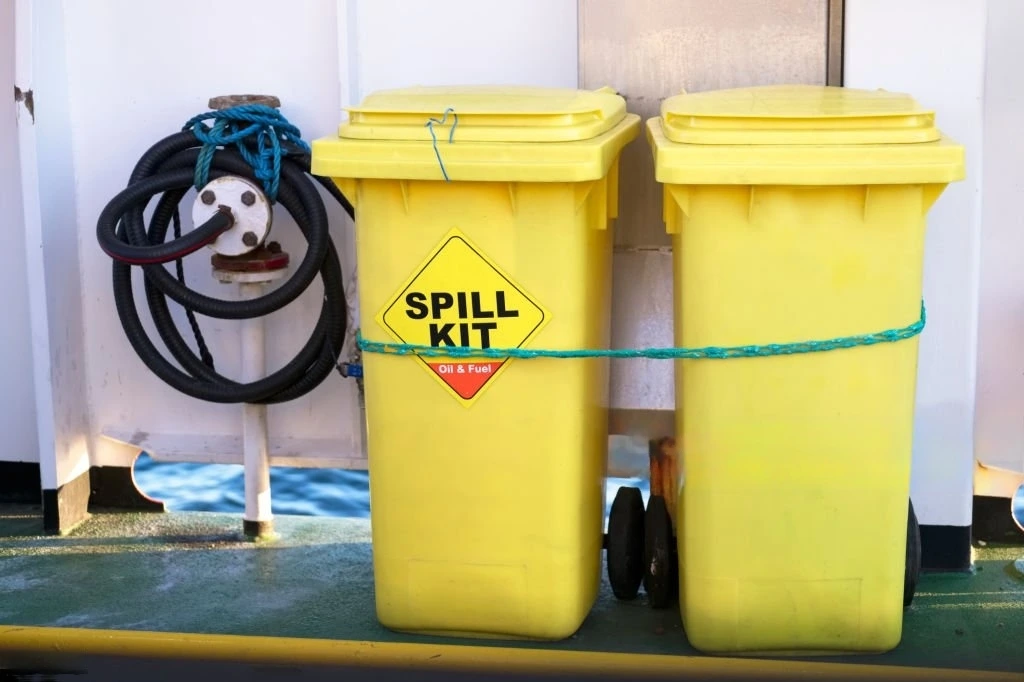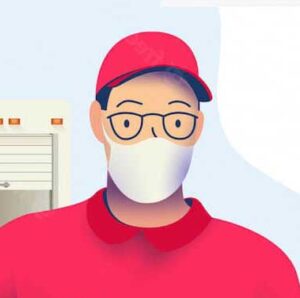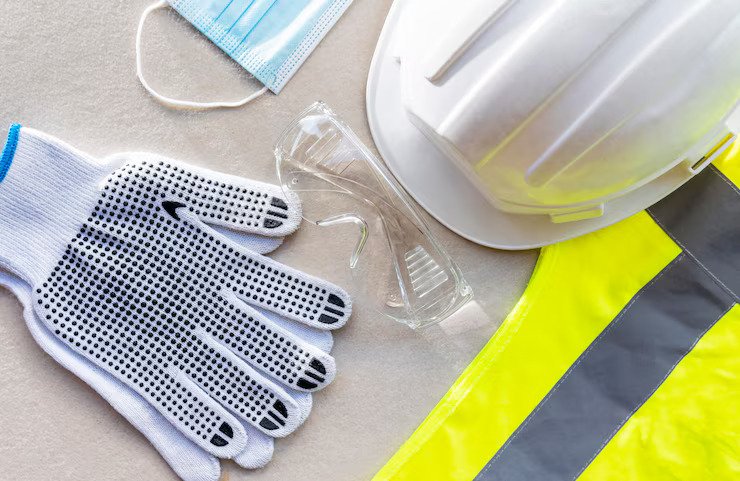Accidents with spills at work are bound to happen, so it’s crucial to think ahead about how to deal with emergency spill kits. Often, spills are no big deal and can be cleaned up with a regular mop and bucket. But sometimes, a spill can be more serious, posing risks that require special attention.
When a spill happens, it’s crucial to clean it up fast and correctly to reduce risks. Emergency spill kits come in handy for this. With many options available, it can be tricky to pick the right one for your situation. If you need a spill kit for emergencies, check that it has what you need by looking at these important requirements.
1. Proper Size
You can buy emergency spill kits for different spill sizes. Check how likely spills are in your place. If you use small amounts of a chemical, a small kit is fine. For places with big containers or more risk, get a bigger kit. Make sure the kit can handle most spills.
Sometimes, you might need more than one kit. For example, a big kit for specific situations and a small one for common spills. This saves money because you use the right kit each time. Some kits are for one-time use, so use the right one.
2. Able to Clean Your Spills
Think about what you might need to clean up in your workplace. Some kits are made for cleaning up spills of oily stuff, while others are for dangerous chemicals. Check around your place to see what things could spill, and get the right kit for those.
Sometimes, you might need more than one kit to be ready for different kinds of spills. If that’s the case, store them so people can easily find them. You can use a label maker to put clear labels on the kits. This way, when there’s a spill, people can quickly grab the right kit. Big labels stating what kind of spill the kit is for will help avoid delays when cleaning up.
3. Easily Portable
Always make sure the emergency spill kit is easy to grab and take to the spill location. For smaller kits, use a spilchoice handy bag so people can grab it quickly. If the kit is large, like one in a big drum, keep it on a dolly or cart for easy movement. Some drums even have wheels.
The key is to get the spill kit to the location fast. The easier it is to move, the quicker you can clean up spills. This helps prevent work stoppages and keeps everyone safe in the facility during and after a spill.
4. Personal Protection Gear
In most situations, it’s a good idea to keep personal protective gear in emergency spill kits. This gear includes things like gloves, goggles, a breathing mask, and other items to keep people safe while cleaning up a spill.
Many emergency spill kits already include these items. If you choose a kit without the necessary protective gear, you can get it separately. Make sure to store all the gear with the spill kit so that it’s easily accessible.
It’s important to note that different spills may require different protective gear. For instance, oil spills may not need a full respiratory mask, but a toxic chemical spill might. Ensure that the right equipment is available with the correct spill kits so that people can respond appropriately to any situation. Using the wrong protective gear with a kit might give a false sense of security, so having the right equipment is crucial.
5. Safety Signs & Barricades
If there’s a big spill, it’s important to keep people away until it’s cleaned up. For really dangerous spills, employees can put up signs or barriers and call in experts to handle it. Emergency spill kits should have safety signs to stop people from going near the mess. You can also use hazard tape to mark the area. This keeps everyone safe during cleanup. If the spill is super dangerous, the building might need to be evacuated. Everyone in the facility should be trained to know how to deal with spills.






